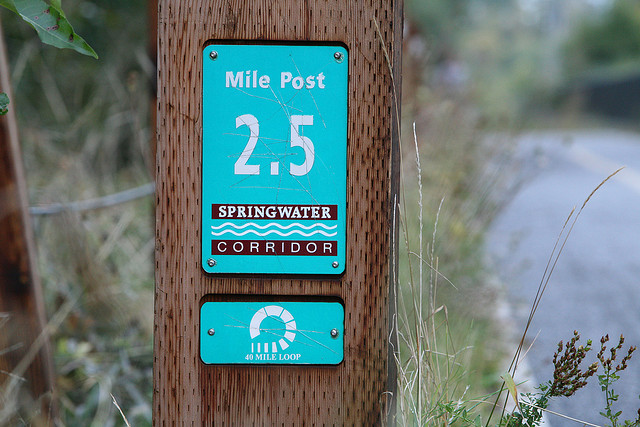3 Speed Workouts to Get You Race Ready
These are 3 of our favorite speed workouts. What we love about these is that you can incorporate them into one of your runs - no need to find a track.
Why do you need speed?
Adding 1 day of speed work into your weekly routine will benefit you in a number of ways:
it keeps your legs fresh and gets them ready to race,
it gets your heart rate up and will help you lose weight,
it reminds your neuromuscular system (the brain & nervous system) what it's like to run quickly; this system in turns tells your muscles to respond.
1) Pick Ups:
This is a quick and easy way to boost your fitness and remind your legs what it's like to turnover quickly. This will help you on race day so you aren't asking your legs to go faster than they have in several months. Do this workout once per week.
Warm up for 10-15 minutes at an easy pace
10 minutes alternating 20 seconds of quick striding (think 5k pace) with 1 minute at an easy pace
Cool down for 10 minutes at an easy pace
2) Strides
We love strides because you can add them into any workout for an extra jolt of energy or use them to get your legs ready for a race or track workout. Do your regularly scheduled run (easy or medium effort run) and then add in 4-6 strides at the end. A stride is a controlled acceleration and deceleration. As you begin your stride, gradually accelerate to about 85 percent of your maximum speed for the first third of the stride, hold that pace for another third, and then gradually decelerate over the final third. Don't time the strides and the exact distance isn't critical. Walk or slowly jog back to your starting position.
3) Stairs
You either just jumped for joy or grimaced. Stairs are usually not a runner's friend. However, running stairs is a great way to improve your foot speed and quickness. Stairs are steeper than most hills so by running stairs, you force your body to use more oxygen and convert it to energy faster. Do this once per week.
Warm up for 10-15 minutes at an easy pace
Run fast up a set of stairs for at least 20-30 seconds. Walk or jog slowly back down. Repeat for 10 minutes
Cool down for 10 minutes at an easy pace




